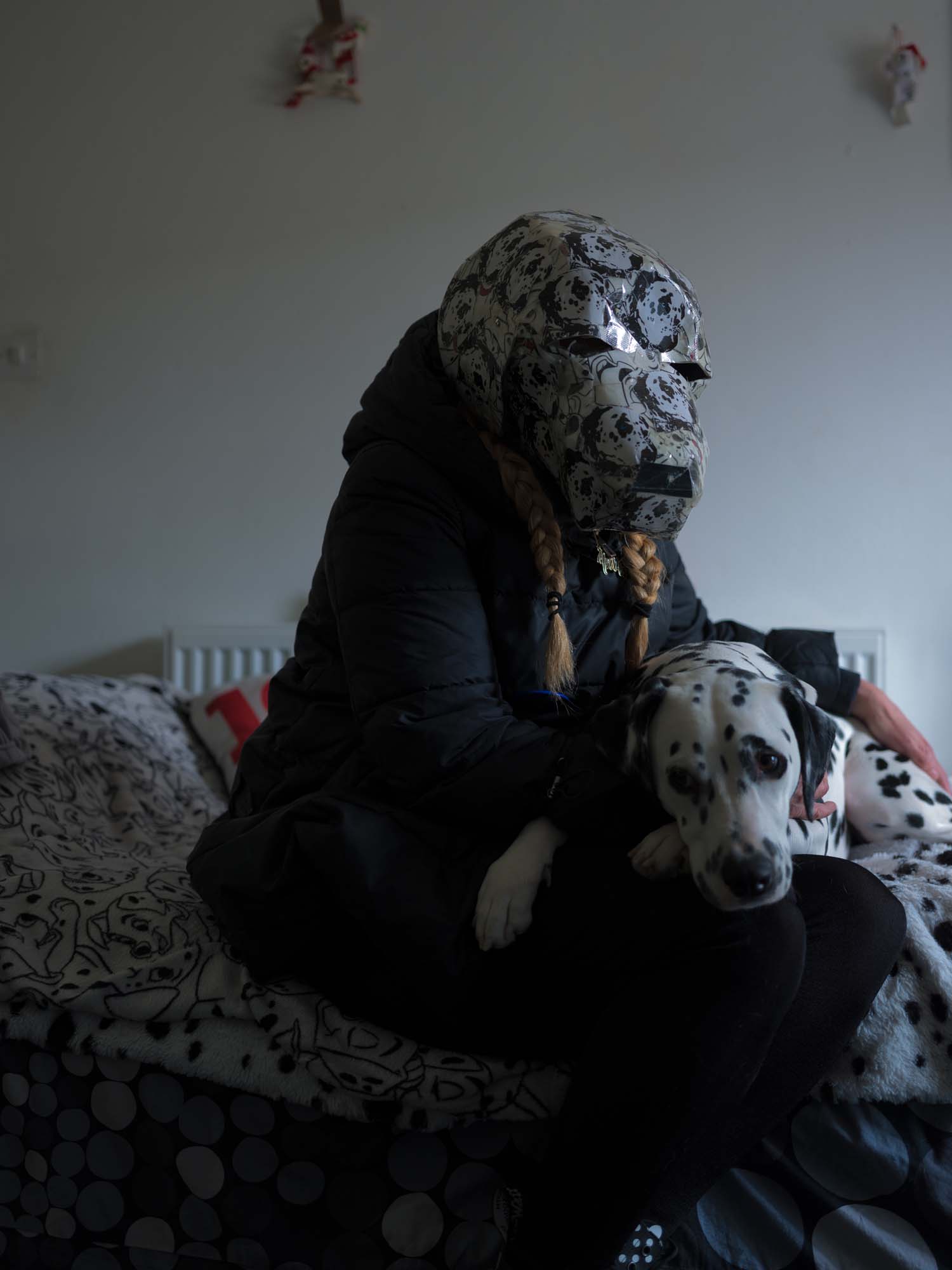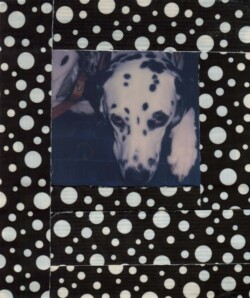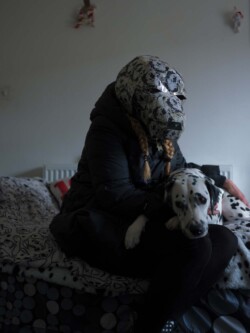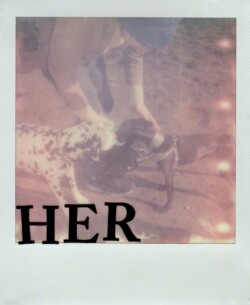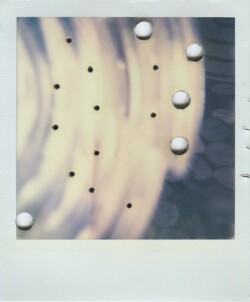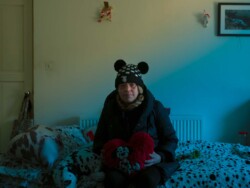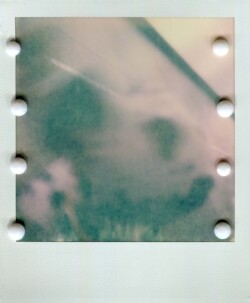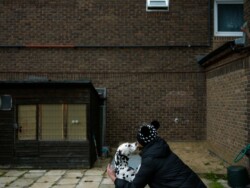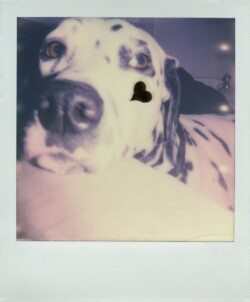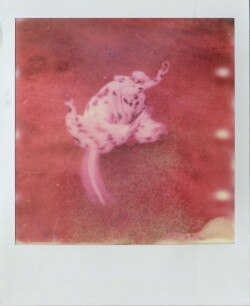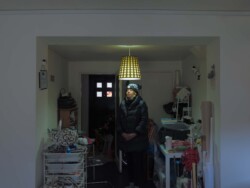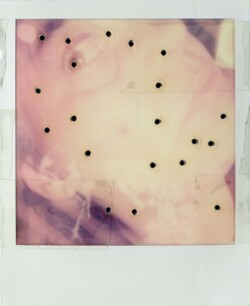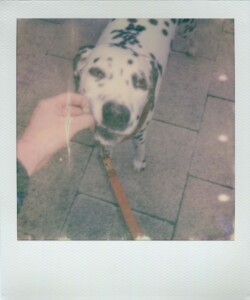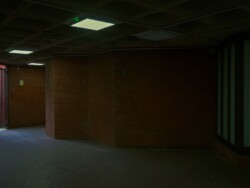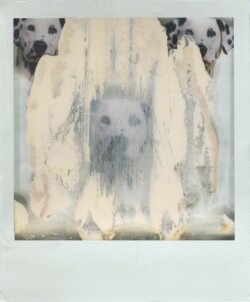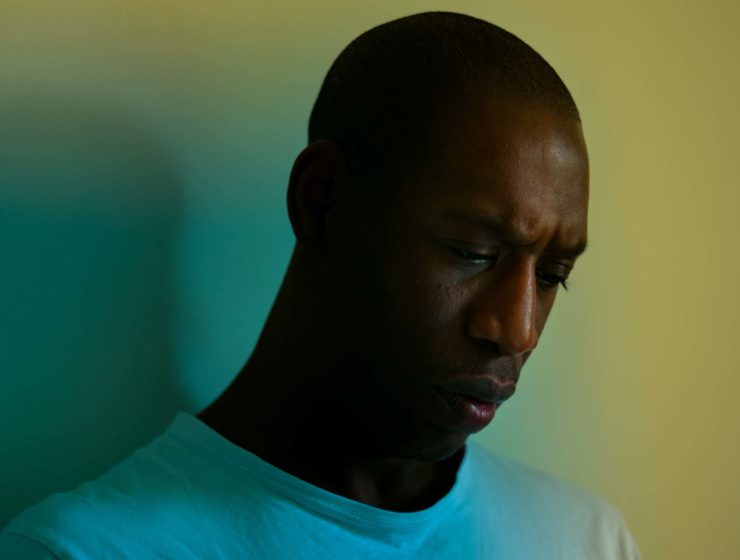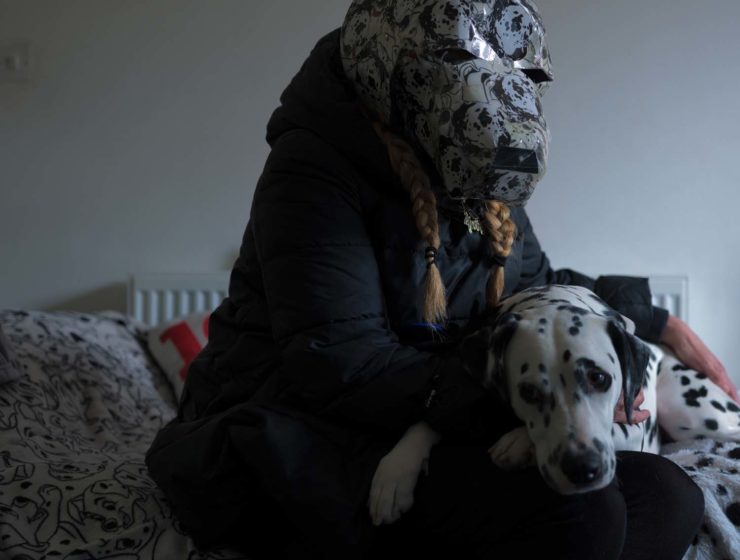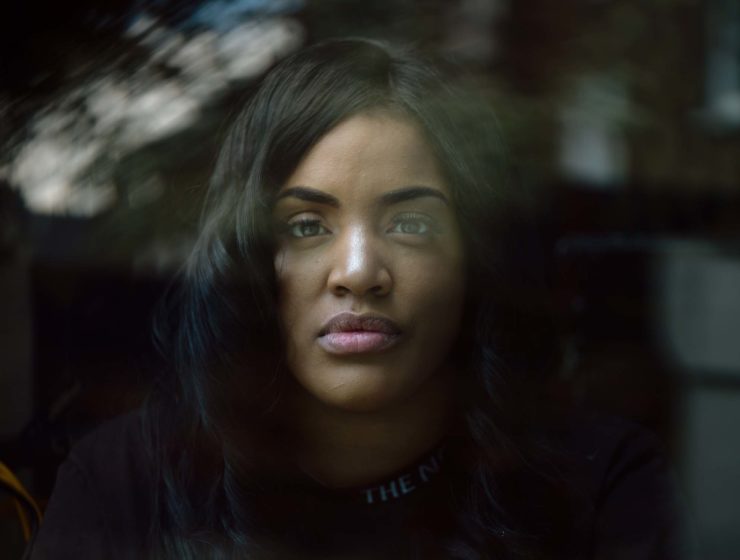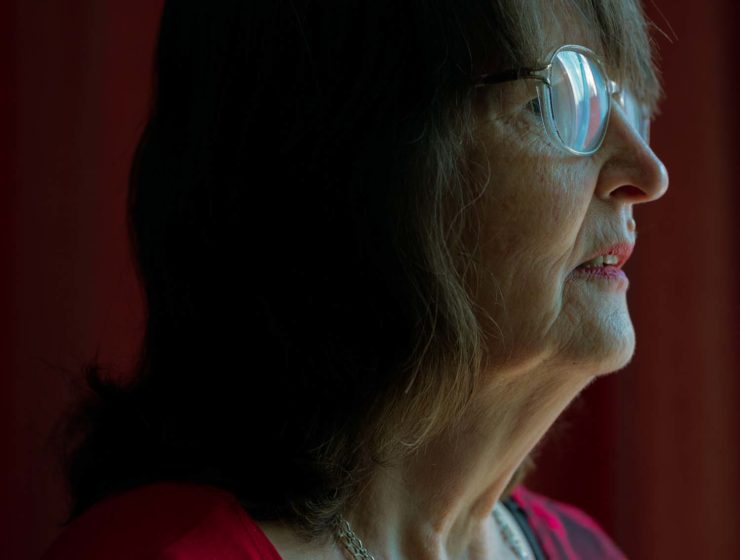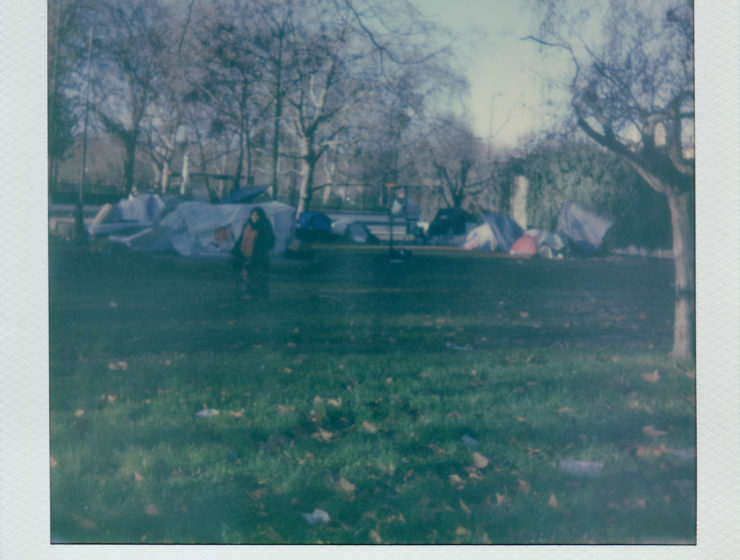“People can’t see mental health illnesses or autism; it is not like having a broken leg. That’s what I’d like to get across.” One of five participants of the CALM x 1854 Homeless Truths commission, Saffron was once homeless. Here, she presents a window into her life
Saffron lives in Brixton, South London, in a flat she shares with her pet cat and dog. The latter, JoJo, is a vivacious Dalmatian, and the subject of a series of Polaroids taken by Saffron during lockdown. “My animals are the closest thing I have ever had to a real family,” she says, explaining the inspiration behind the photographs.
With a brief to create a series of images that reflect the person behind the lens, to photograph JoJo – one of the things Saffron holds dearest – felt apt. “JoJo saved my life during lockdown,” says Saffron. “She gave me a sense of purpose and kept me company whenever I felt lonely or sad.” The series of images is titled I Am Not a Dog on a Chain, a reference to an album by Saffron’s favourite musician, Morrissey.
Over the course of several months, Saffron has been working alongside photographer Inzajeano Latif as part of a commission organised by Campaign Against Living Miserably (CALM) – a UK-based charity that works to prevent suicide – in collaboration with 1854. Through the medium of photography, the project offers an insight into the lives of those who have experienced homelessness in London. Latif mentored Saffron over the course of three months, offering her photographic guidance, while also creating his own body of work which explores the lives of each of the project’s participants.
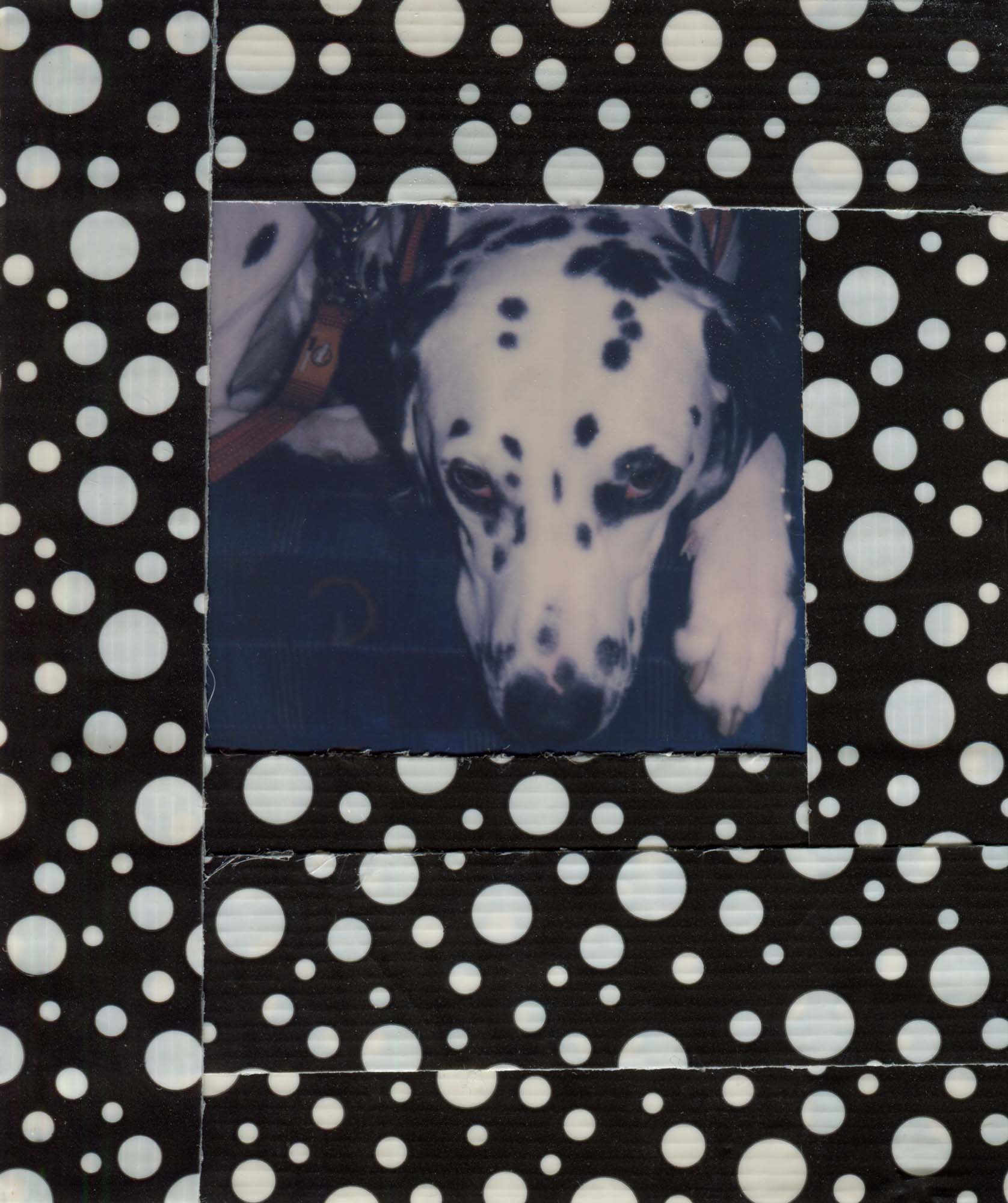
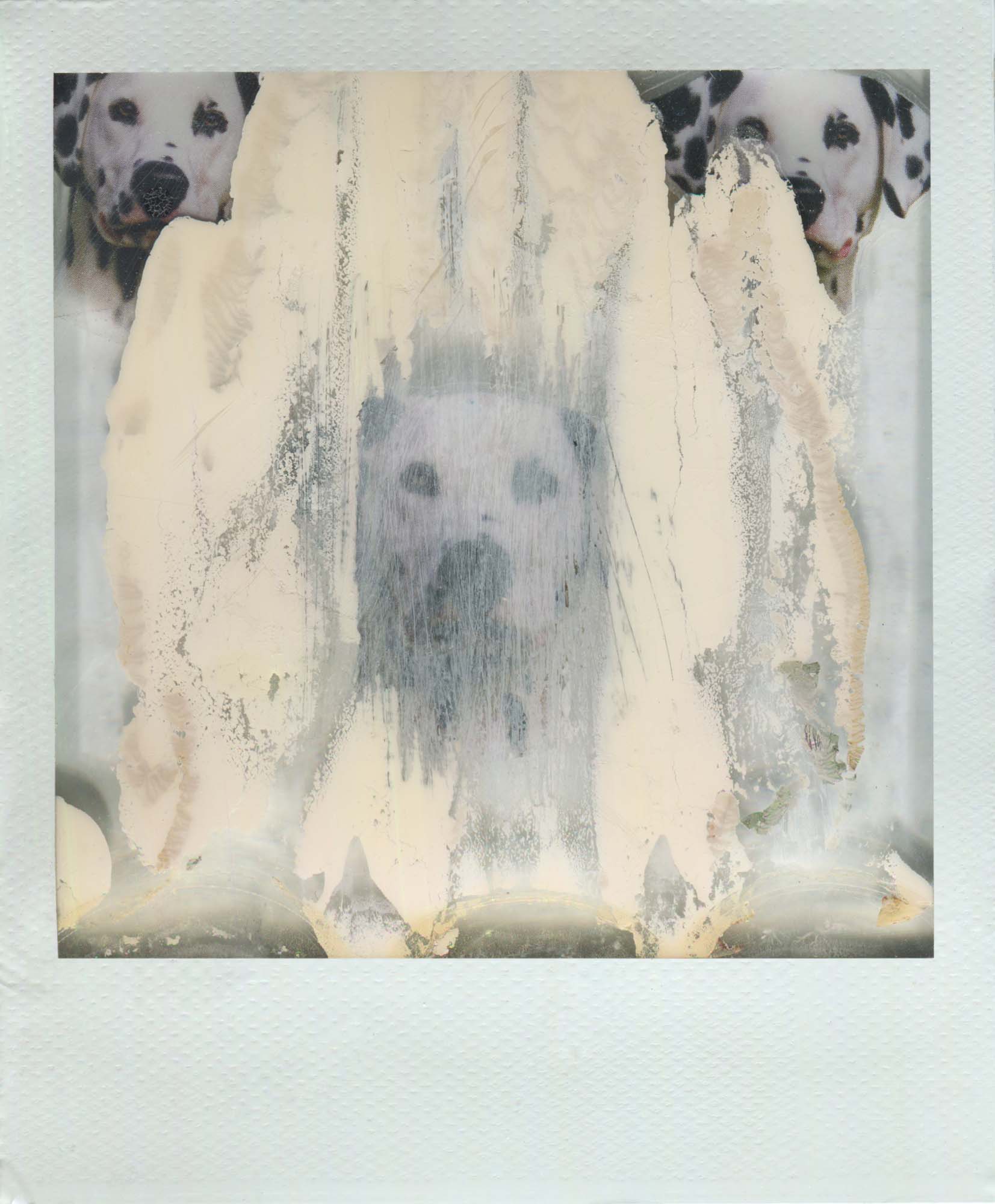
”[The images are] playful and fun. They show a really nice side of Saffron. She has this cheekiness about her, this sense of humour.”
-Inzajeano Latif
Saffron’s Polaroids are abstract; often fleeting, and compositionally alluring. In some images, it is only the specks of the dog’s coat that makes its subject recognisable. In others, the dog is at the fore, glimpses of the life that lies behind in the background. Saffron describes the work as “abstract, creative, composed.” For Latif, the images are “playful and fun. They show a really nice side of Saffron,” he says. “She has this cheekiness about her, this sense of humour.”
Saffron’s interest in photography began at a young age. Her grandfather bought her her first camera when she was still at school, and she has taken photographs ever since. “I liked photography because I never felt confident drawing,” says Saffron. “If I drew something, it had to be exactly as my eye saw it otherwise I would get upset. But photography is different. I see things that other people can’t see.” In her late twenties, Saffron studied a photography course at Falmouth School of Arts and Westminster University, but sadly was unable to complete the course. Photography, nonetheless, remains a source of joy for Saffron; a preoccupation that she continues to return to.
Saffron was diagnosed with autism three years ago, and now belongs to Autography – a group of photographers who all have autism. Now in her forties, she has lived most of her life with her condition undetected. “[Having a diagnosis] has made me analyse things in the past,” she says, “like the way I was treated by staff in the children’s home, foster parents and teachers. It feels as if it has ruined my life. I was punished for my behaviour, but actually it was autism.”
“My friends with autism all have more secure backgrounds,” she continues. “I have not met another autistic person who has had the lifestyle that I have had. It puts things in a different perspective.” The lifestyle of which Saffron speaks has many strands. Her childhood was often difficult. “Periods were really distressing,” she says. “My dad had schizophrenia and would often behave quite peculiarly, and I lost my mum at a young age.” Saffron spent the majority of her childhood in care. She experienced bouts of homelessness as a child with her dad; later, in between terms at university, she would sofa surf. Throughout her life, Saffron has also battled with mental health issues.
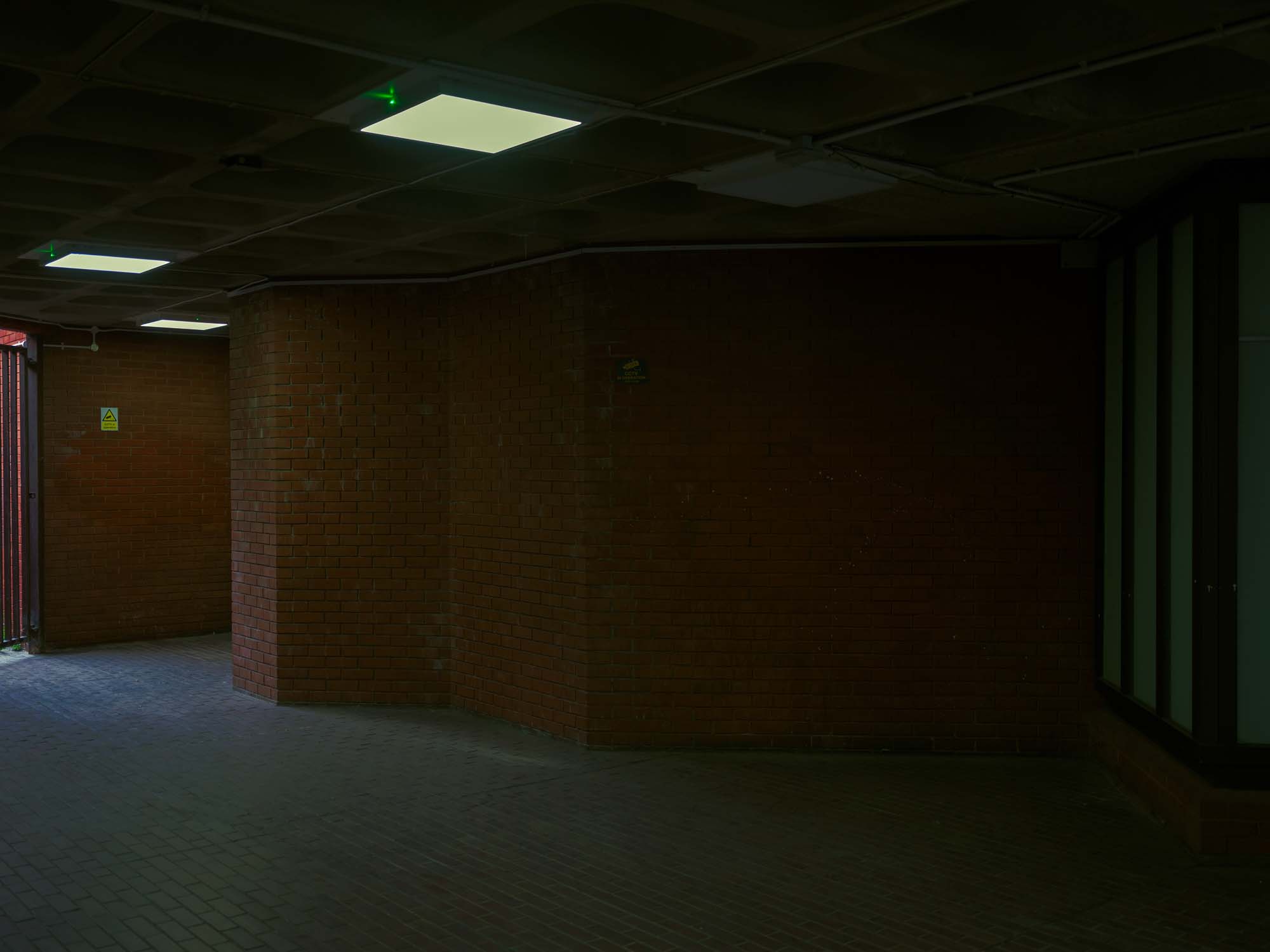
There is an irony in Saffron’s love of photography. Many of us take photographs to document and later look back on a moment in time. But due to various challenges and periods of instability in her life, Saffron has very few photographs of her own. “I haven’t got a picture of my mum or dad,” she says, “or any photographs of myself when I was younger. Nothing. I found a photograph on Facebook of my mum as a little girl.” In the photograph, Saffron’s mum is wearing her hair in plaits; now, Saffron wears her hair in plaits too.
The project was a positive experience for Saffron, but it did not come without its challenges. Taking place in the midst of a pandemic, when much of the UK was confined to their homes, Saffron was not afforded the logistical freedom to create the body of work she would have done in other circumstances. From the outside looking in, the series is intimate and deeply personal. But for Saffron, she worries they are not enough.
“It is fair to say that Saffron felt fairly upset with her images. She is the kind of person that always wants to do more; that’s what I got,” says Latif. “I told her, these are mad times. She had all the other burdens, all the other stresses, so I said, ‘just do what you can do in this moment’. Seeing her images today, they are really special.”
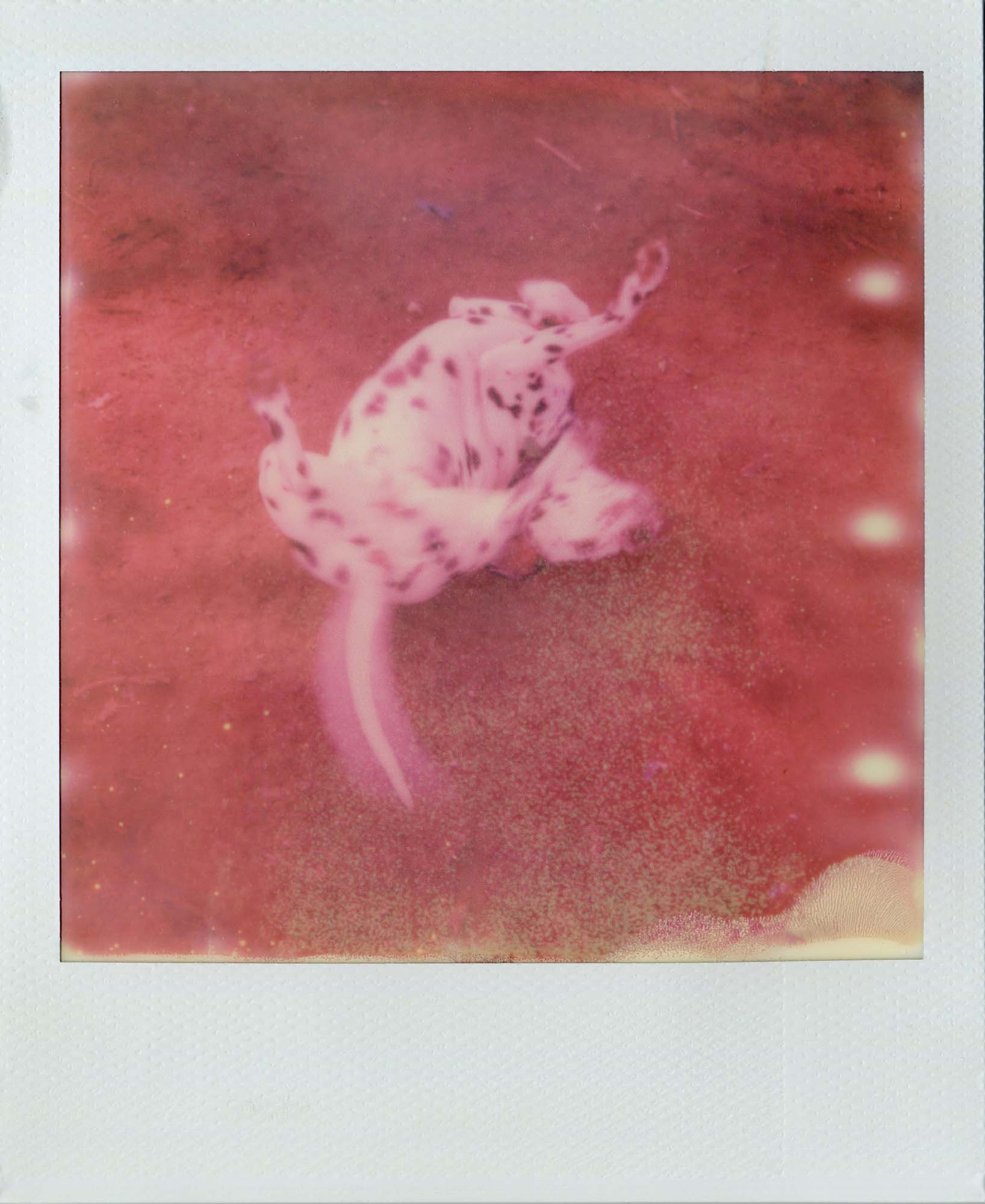
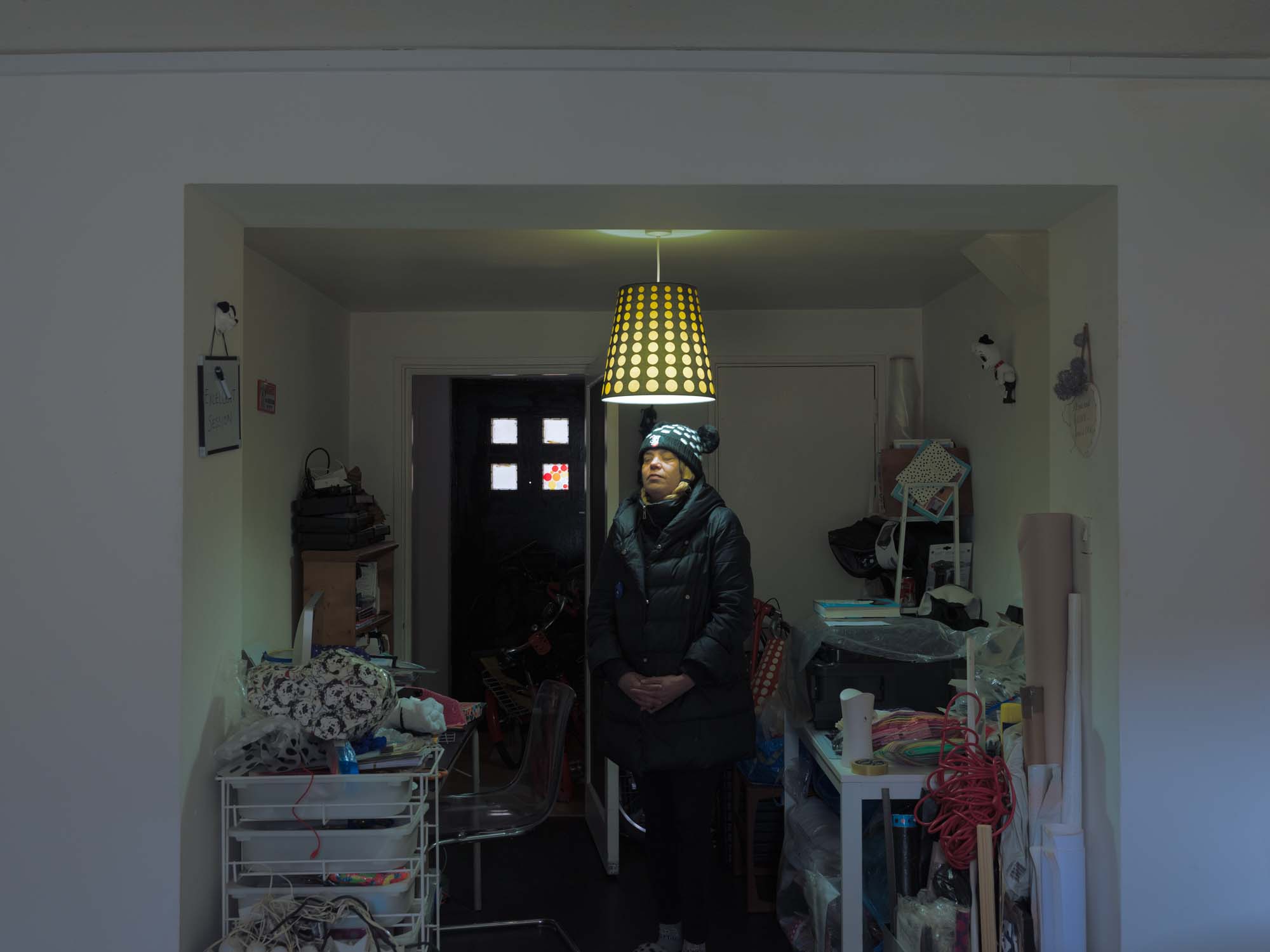
“People can’t see mental health illnesses or autism; it is not like having a broken leg. That’s what I’d like to get across.”
– Saffron Saidi
Asked what she wants people to take away from her images, and her story as it’s told here, Saffron has no hesitation: “I want people to understand that it is very hard to do something like this when you are suffering with multiple things at the same time,” she says. “People can’t see mental health illnesses or autism; it is not like having a broken leg. That’s what I’d like to get across.”
As a charity working to prevent suicide, a lot of CALM’s works focuses on encouraging open dicussions about mental health. “We know that in some places there’s still this outdated and false view that opening up about our emotional health is a sign of weakness,” says Simon Gunning, CEO of CALM. “And it’s not always obvious that someone is struggling with their mental health. But the more we talk about it, and the more we normalise being open about what we’re going through, [then] the more we, as a society, can [offer] support when we need it. That’s why CALM works to challenge stereotypes, and challenge the stigma that prevents people talking about suicide and mental health.”
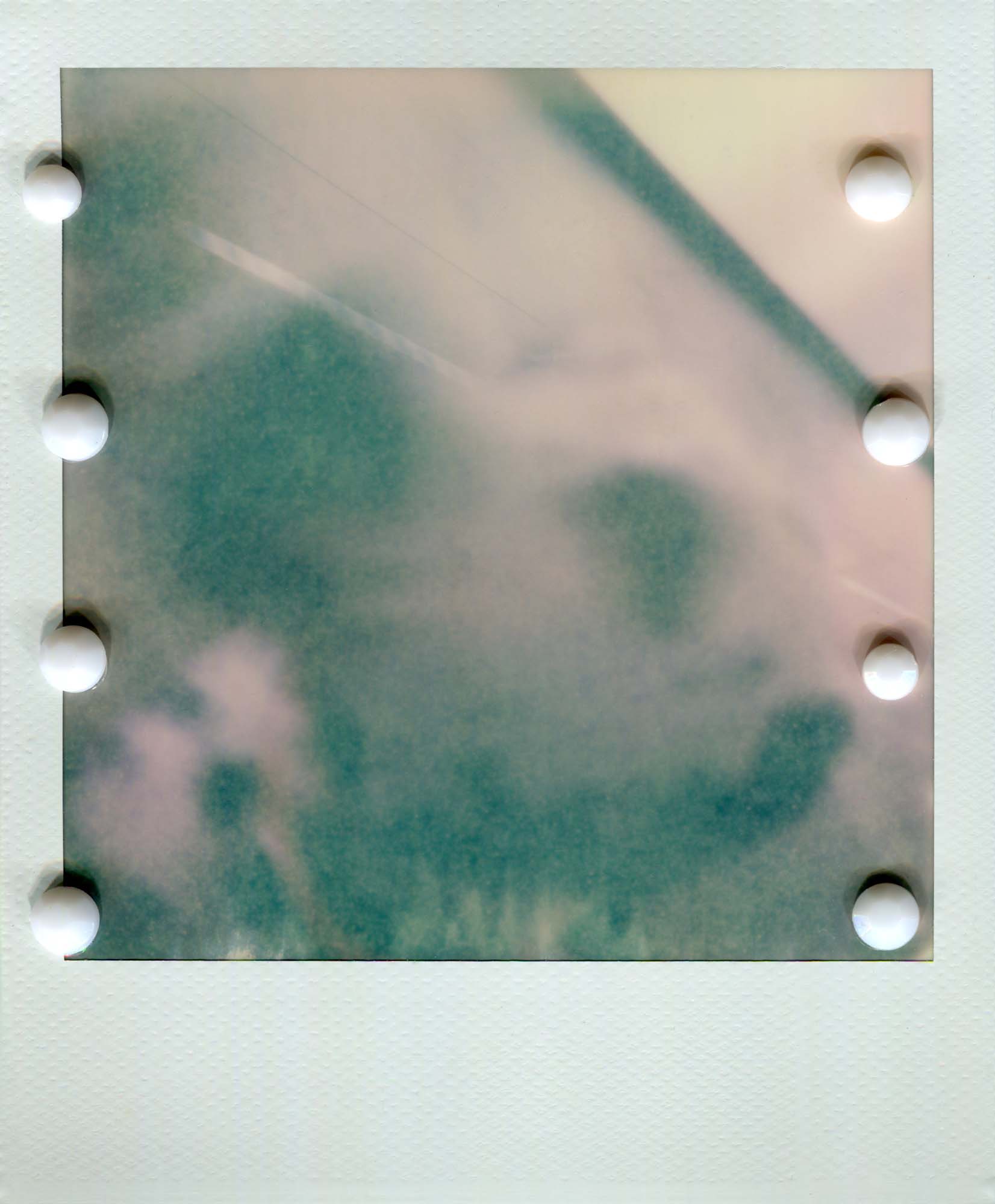
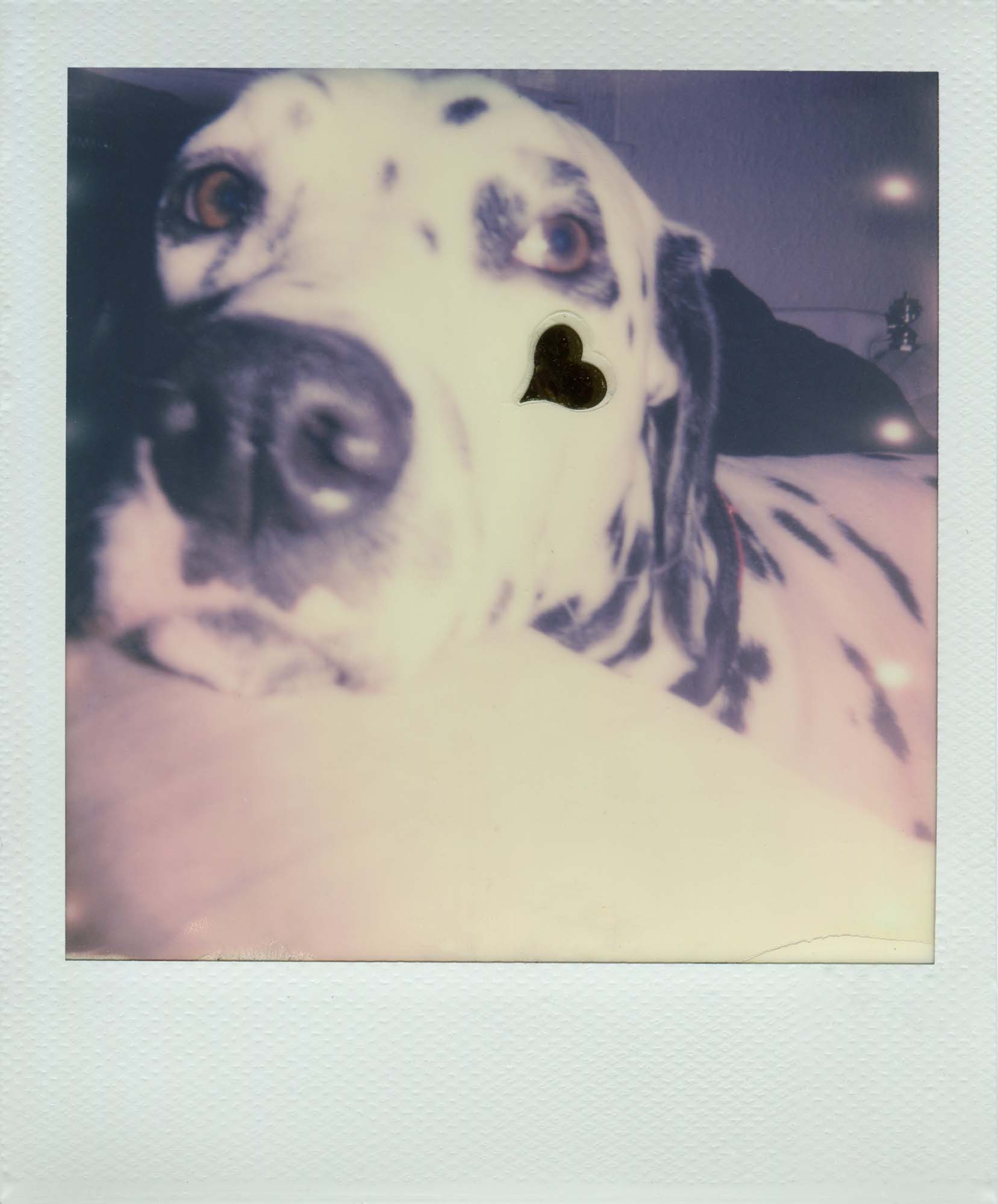
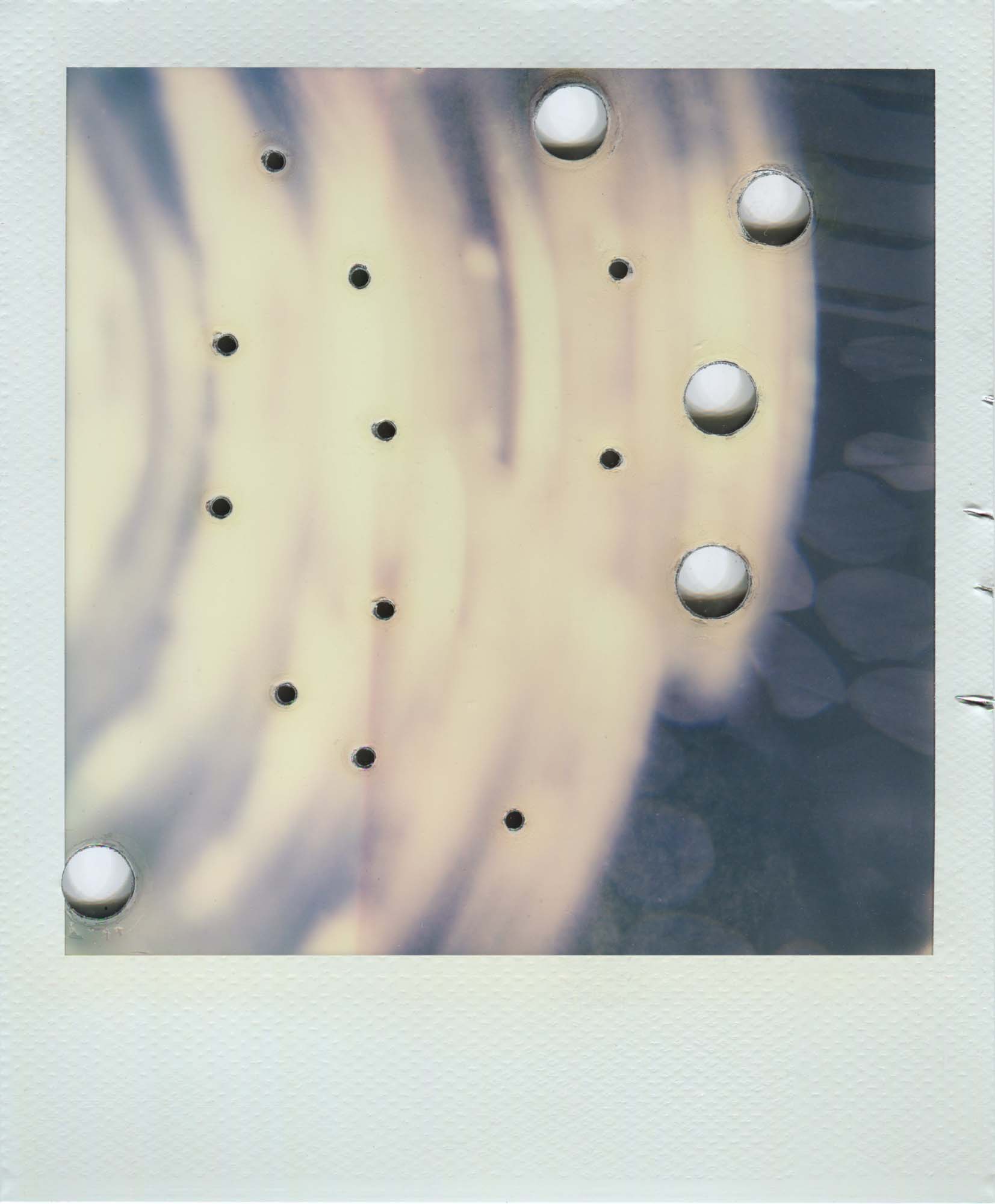
Today, creativity continues to be an important part of Saffron’s life. She is involved in Café Art, an organisation that empowers artists who have experienced homelessness through projects and exhibitions, as well as volunteering for the Courtauld Institute of Art. Her involvement in the Homeless Truths commission was not as somebody with a mere interest in photography, but as a photographer familiar with the art form; responding to a new brief, using a different tool.
And once more: “taking pictures of my dog is very relevant as an artist,” says Saffron. “Lots of artists have pets. Andy Warhol had 30 cats. Hockney had Dachshunds that he painted, and Picasso had Dalmatians.” As for Saffron? Well, she has JoJo.
For more information visit CALM (Campaign Against Living Miserably)
Each of the participants’ projects will be published on 1854.photography this week. They each received compensation for their work.
Café Art, an organisation that empowers homeless artists in London, and Evolve, a housing and support charity, were both instrumental in finding and supporting the individuals that took part in this project. CALM has also helped support the participants throughout the project and will continue to support them after the campaign.
More about Saffron Saidi:
Saffron belongs to a group called Autography which consists of Photographers whom all have Autism which is run by an Autistic Artist named Anna Farley. ‘Anna has been really amazing .’ They took part in workshops held at Photofushion in Brixton where they took part in lots of different activities including taking self-portraits in the studio, using the dark rooms, creating photograms, and printing black and white photographs from a black and white disposable camera.
She is a volunteer and participant at Arts network – an Art charity that runs Art classes for individuals who have suffered from various mental health conditions – and has helped assist Arts Network when they have held workshops in the community.

